
Ingredient
Dandelion roots
The Earthy Delight: Dandelion Roots and Their Culinary Potential
Dandelion roots are long, slender roots that are typically brown in color. They have a firm texture and a slightly bitter taste, reminiscent of coffee or chicory. When roasted, dandelion roots develop a rich and nutty flavor. They can be consumed fresh or dried and ground into a powder.
Origins and history
Dandelion roots have a long history of culinary and medicinal use. They have been consumed in various cultures for their potential health benefits, including liver support, digestion aid, and diuretic properties. Dandelion roots are commonly found in Europe, Asia, and North America.
Nutritional information
Dandelion roots are low in calories and fat, but rich in dietary fiber, vitamins A, C, and K, as well as minerals like iron and calcium. They also contain antioxidants and have been associated with potential anti-inflammatory effects.
Allergens
Dandelion roots may cause allergic reactions in individuals who are sensitive to plants in the Asteraceae family, such as ragweed or chamomile. It is advisable to exercise caution when consuming dandelion roots for the first time.
How to select
When selecting dandelion roots, look for roots that are firm, smooth, and free from blemishes or mold. They should have a fresh, earthy aroma. Avoid roots that appear wilted or discolored.
Storage recommendations
To maintain the freshness of dandelion roots, store them in the refrigerator in a plastic bag or wrapped in a damp paper towel. They can stay fresh for up to two weeks. Alternatively, you can dry the roots and store them in an airtight container in a cool, dark place for several months.
How to produce
Dandelion plants can be grown in home gardens by sowing the seeds in well-drained soil and providing them with full sun or partial shade. Regular watering and occasional fertilization will promote healthy root growth. Harvest the roots when they reach a desirable size, usually after one to two years of growth.
Preparation tips
Dandelion roots can be used in a variety of culinary preparations. They can be roasted and ground as a coffee substitute or used as an ingredient in herbal teas. Dandelion roots can also be sautéed, boiled, or added to soups, stews, and stir-fries for their earthy flavor and nutritional benefits.
Culinary uses
Dandelion roots are commonly used in European and Asian cuisines. They are often featured in traditional dishes like dandelion greens salad, dandelion root coffee, and stir-fried dandelion roots. They can be found in specialty grocery stores, health food stores, or farmers markets.
Availability
Europe, Asia, North America
More ingredients from this category
Recipes using Dandelion roots » Browse all

Chilean Harvest Stew with Butternut Squash and Beans
Autumn Delight: Chilean Harvest Stew with Butternut Squash and Beans

Saraiki-style Kushiage
Crispy Delights from the Heart of Saraiki Cuisine

Gundruk Curry with Palembang Twist
Palembang-inspired Gundruk Curry: A Tangy and Spicy Delight
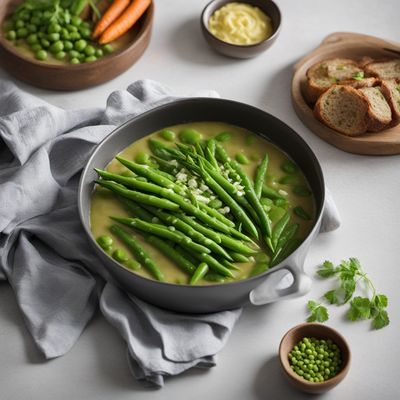
Leipziger Allerlei with a Twist
Spring Vegetable Medley: A Vibrant Twist on Leipziger Allerlei

Spicy Tomato Curry with Local Flavors
Tangy Tomato Bharta: A Fiery Delight from the North East

Andorran-style Smoked Bean Soup
Mountain Delight: Andorran Smoked Bean Soup

Sishen Soup with Nourishing Herbs
Healing Elixir: Sishen Soup to Nourish Your Body and Soul
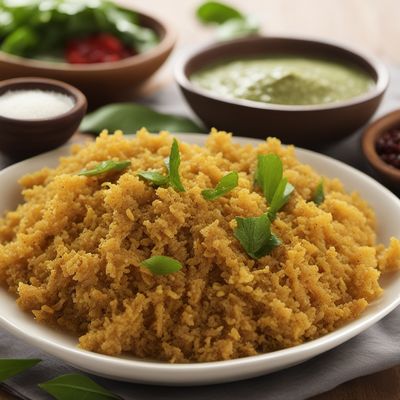
Udupi-style Crispelle with Coconut Chutney
Savory Udupi Delight: Crispelle with a Coconut Twist
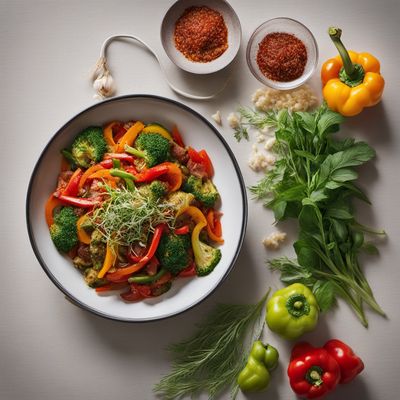
Stir-fry with Abruzzese and Molisan Flavors
Saporito Stir-fry: A Fusion of Chinese and Abruzzese-Molisan Delights

Coques de Dacsa with Mediterranean Flavors
Mediterranean Delight: Coques de Dacsa with a Spanish Twist
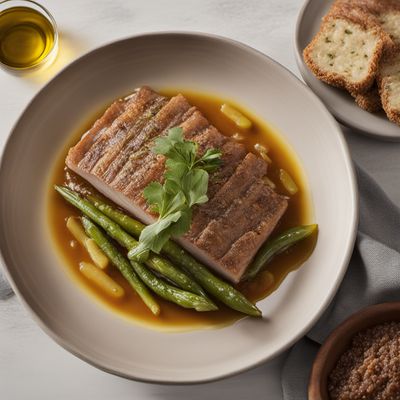
California Bagna Càuda
Sun-Kissed Bagna Càuda: A California Twist on an Italian Classic
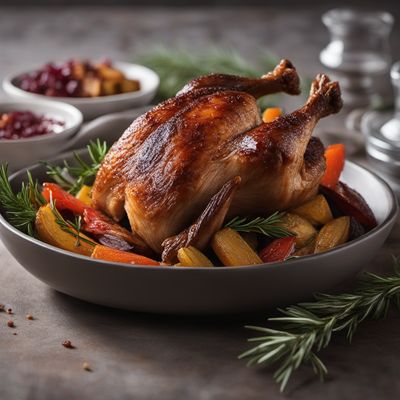
Crispy Duck with Mlinci
Golden Delight: Crispy Duck with Traditional Croatian Mlinci